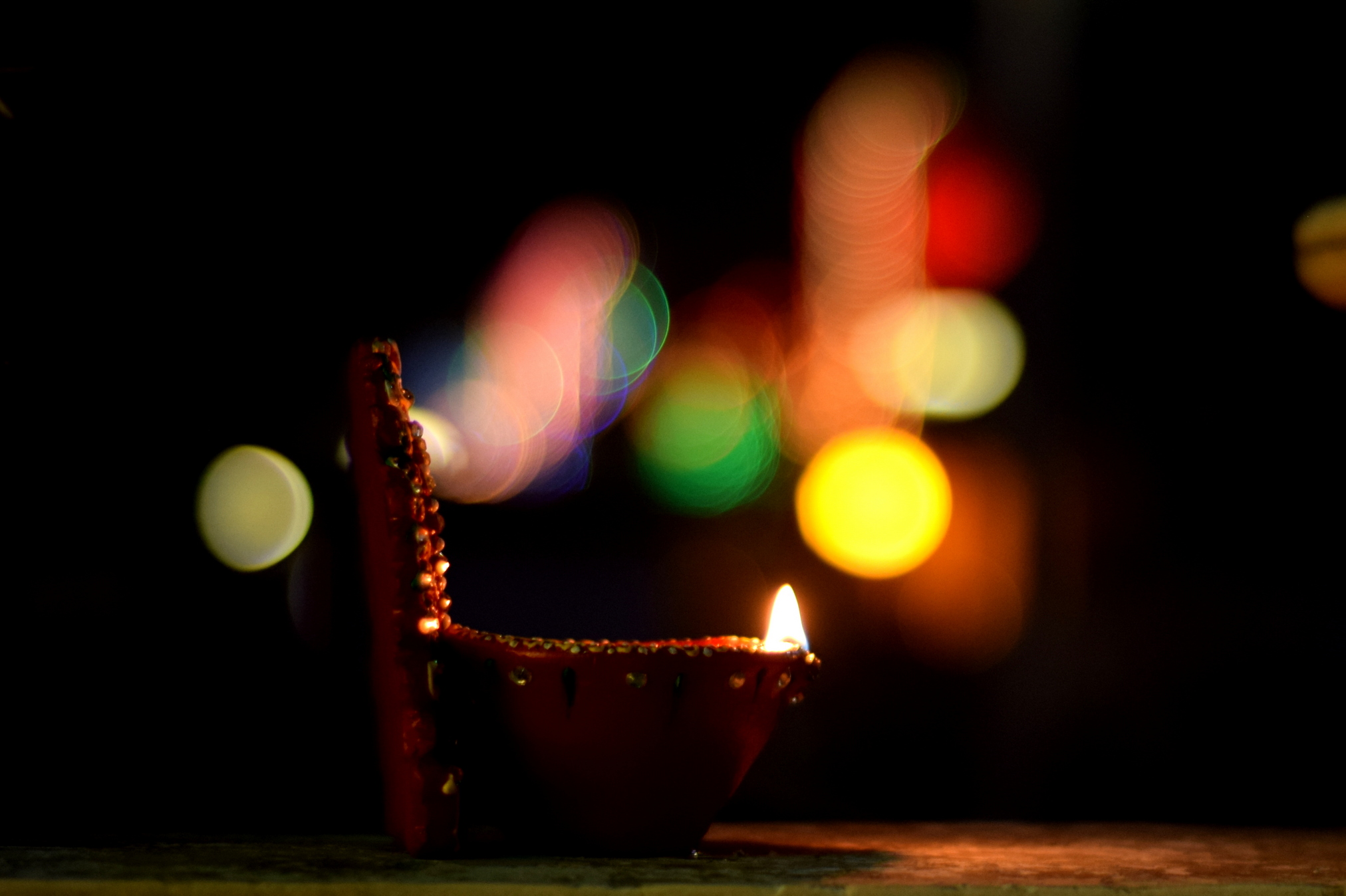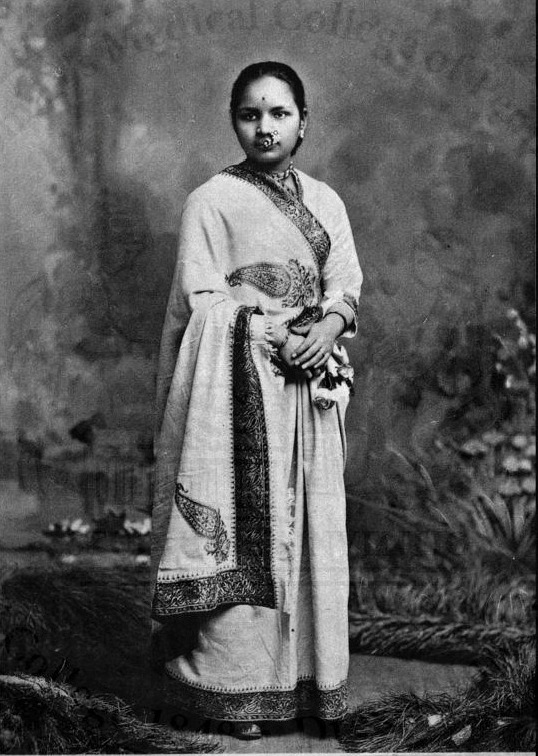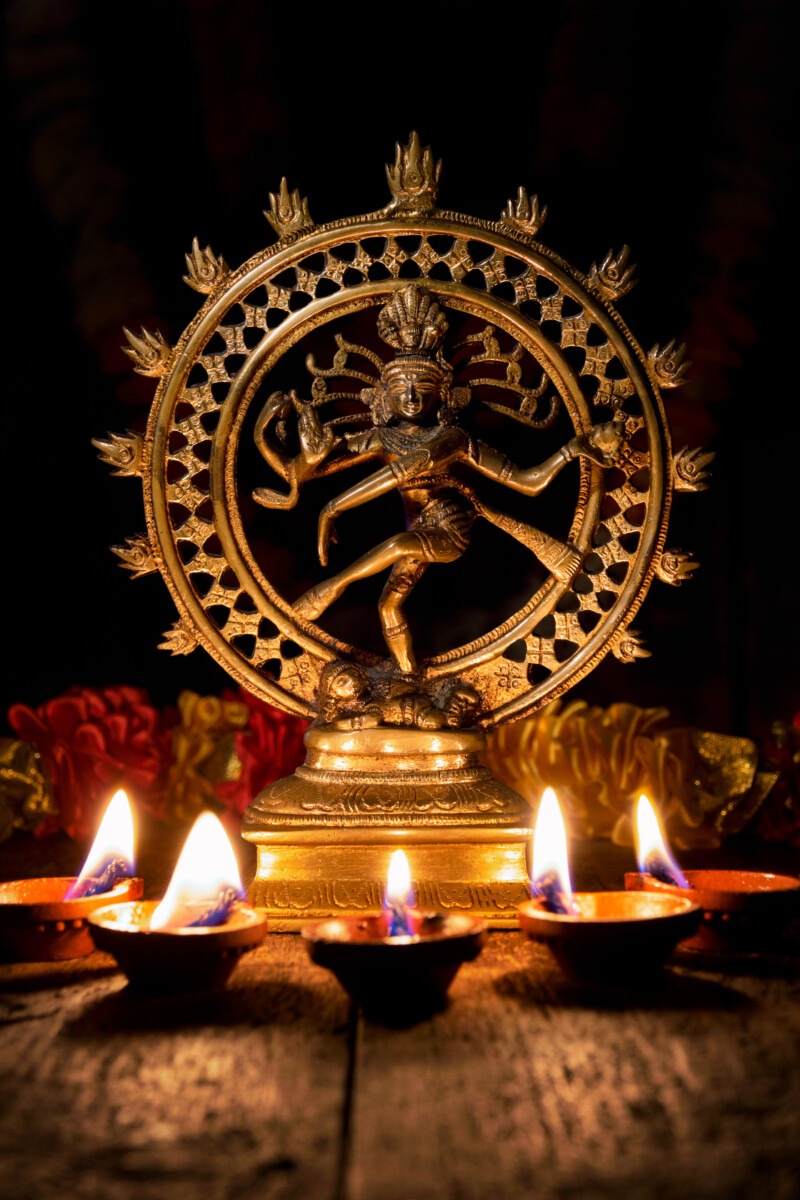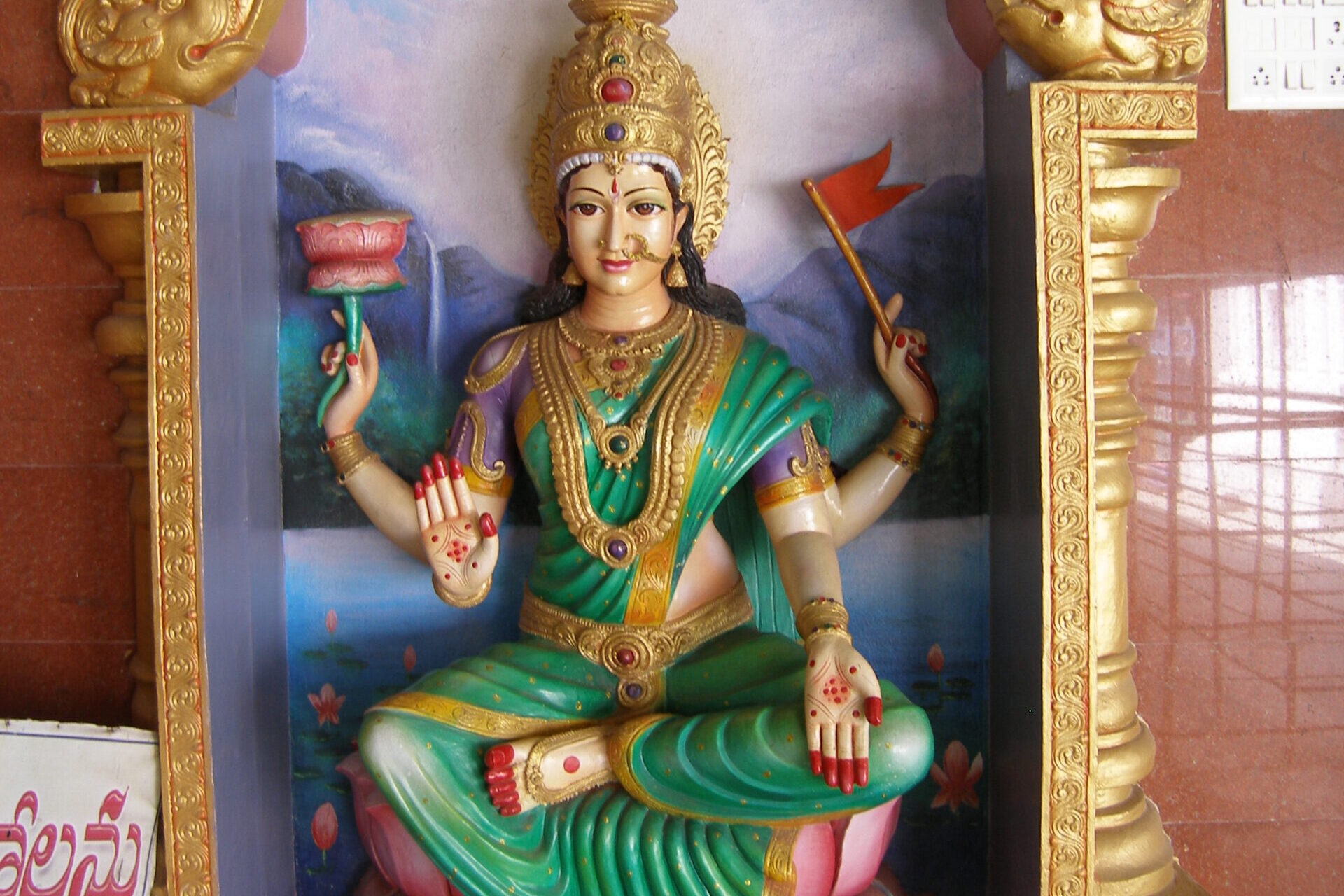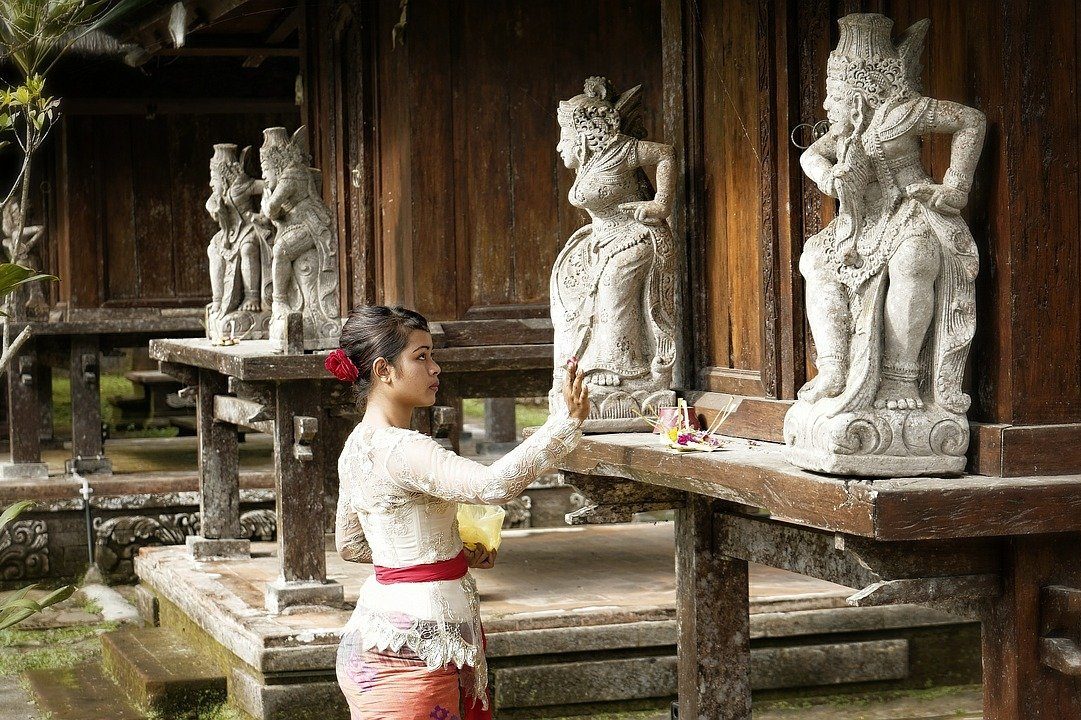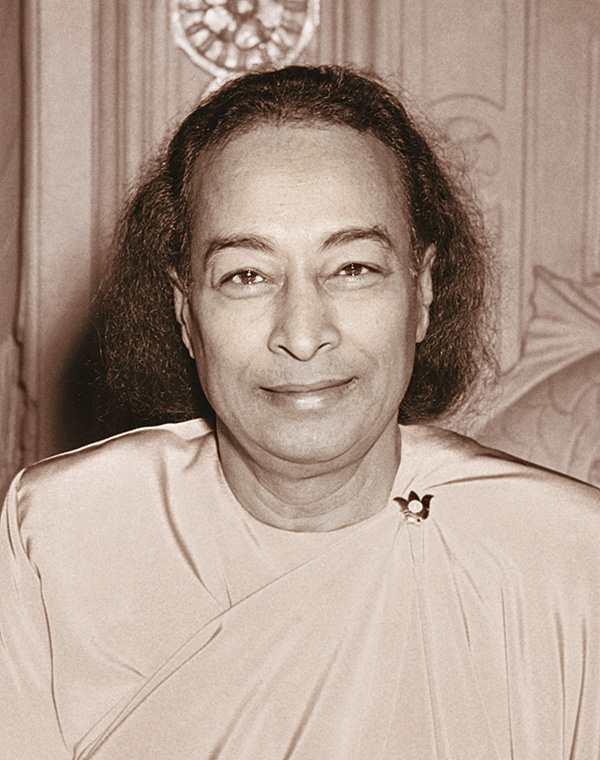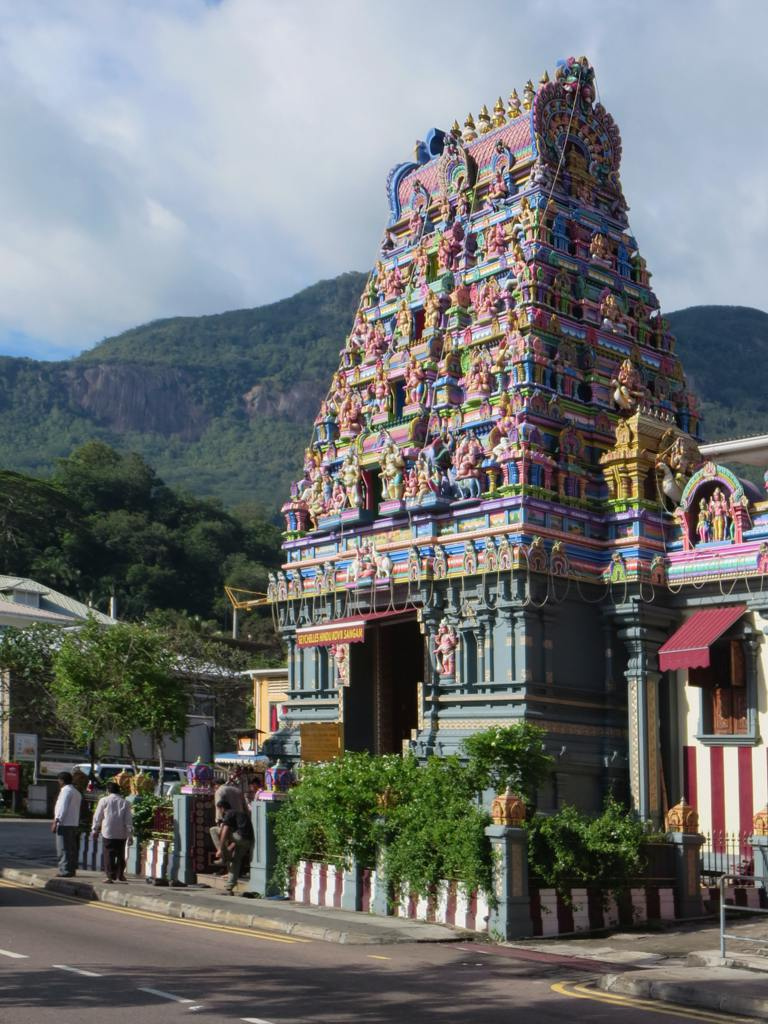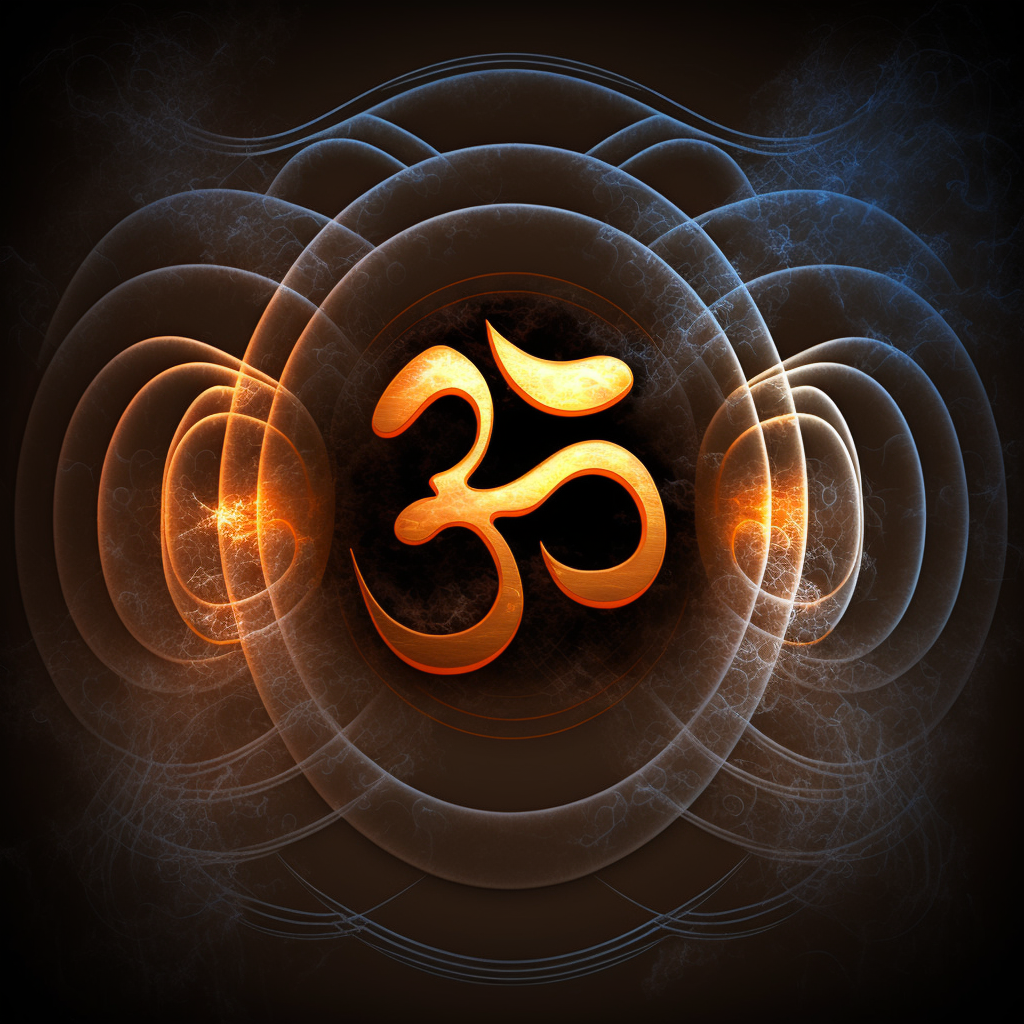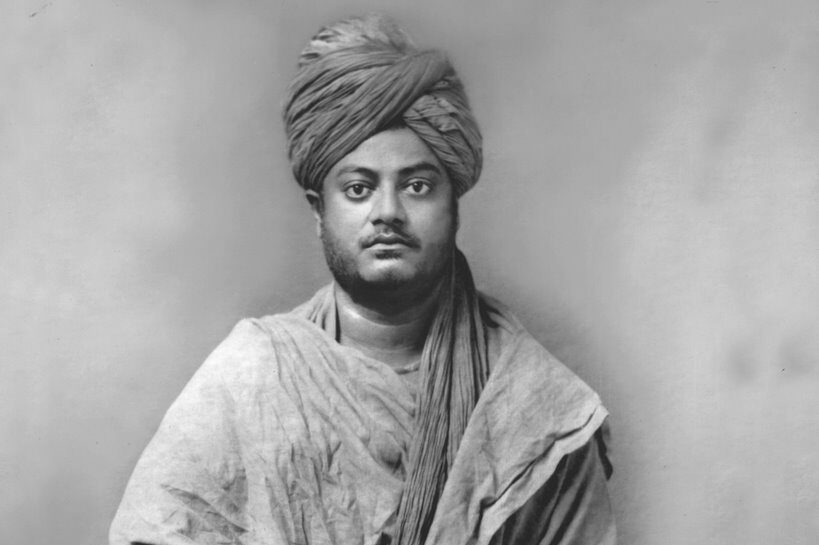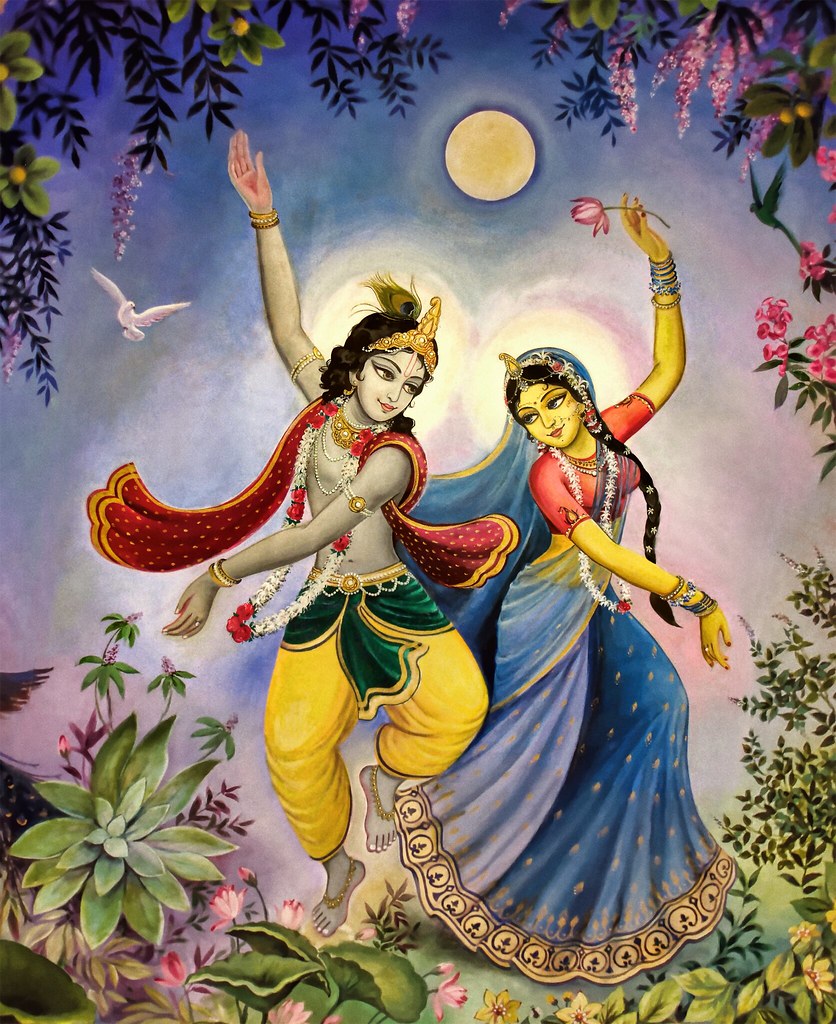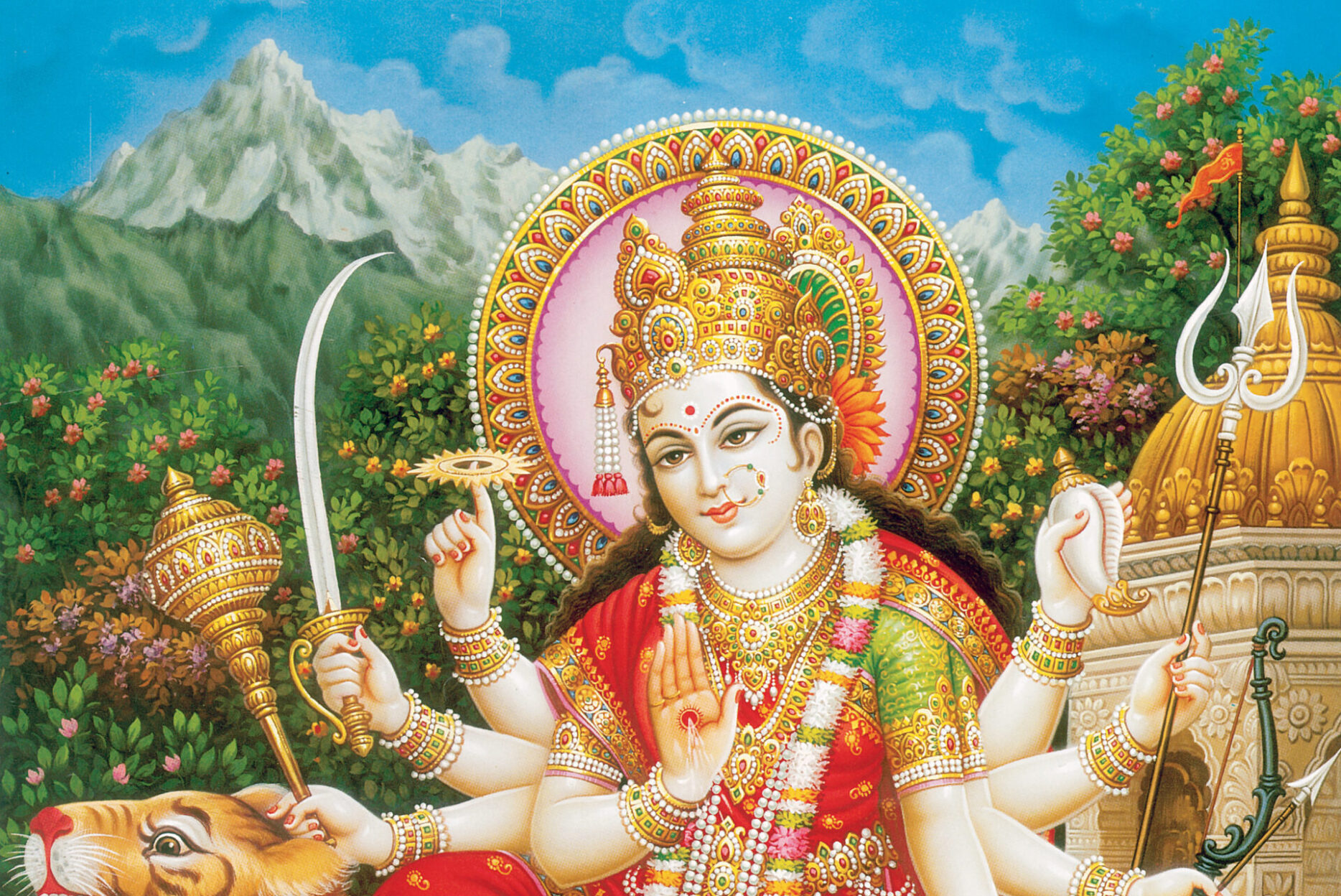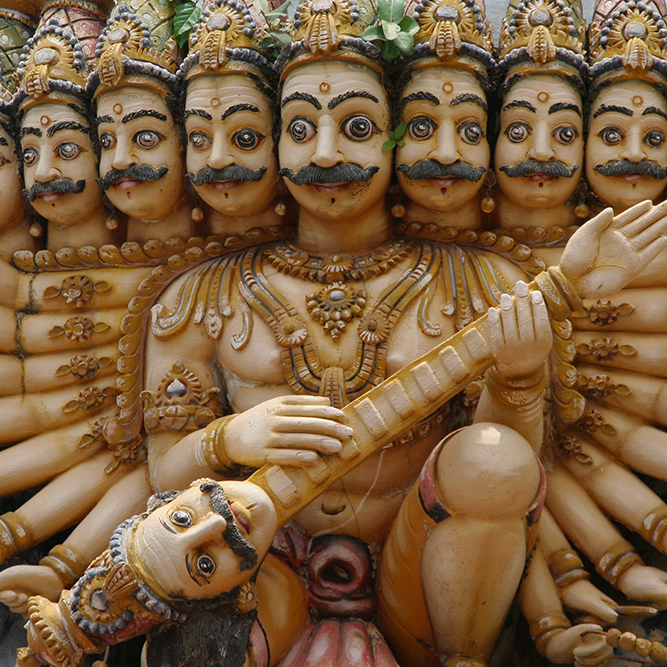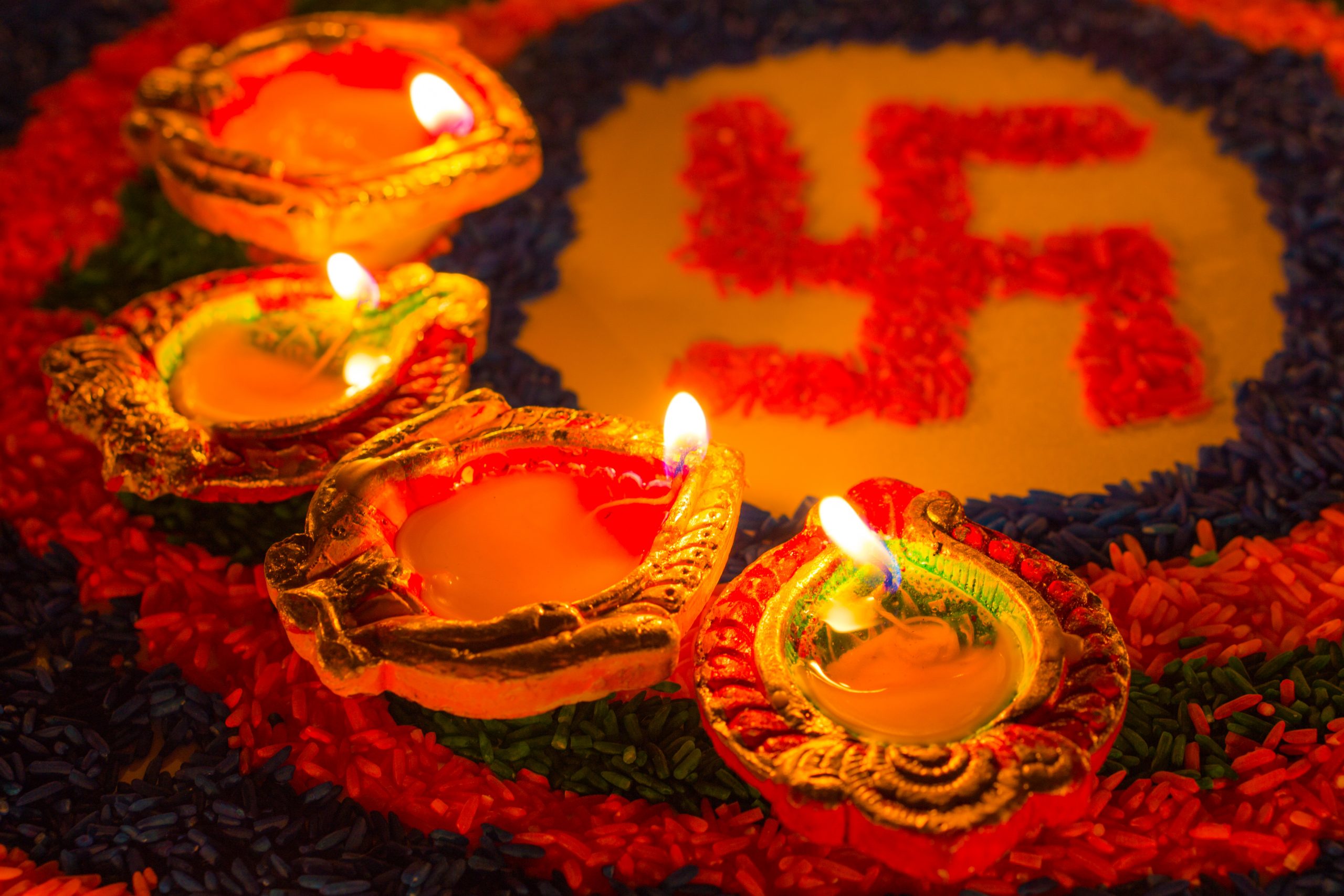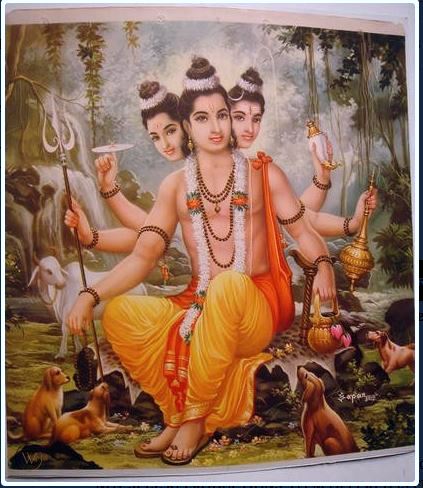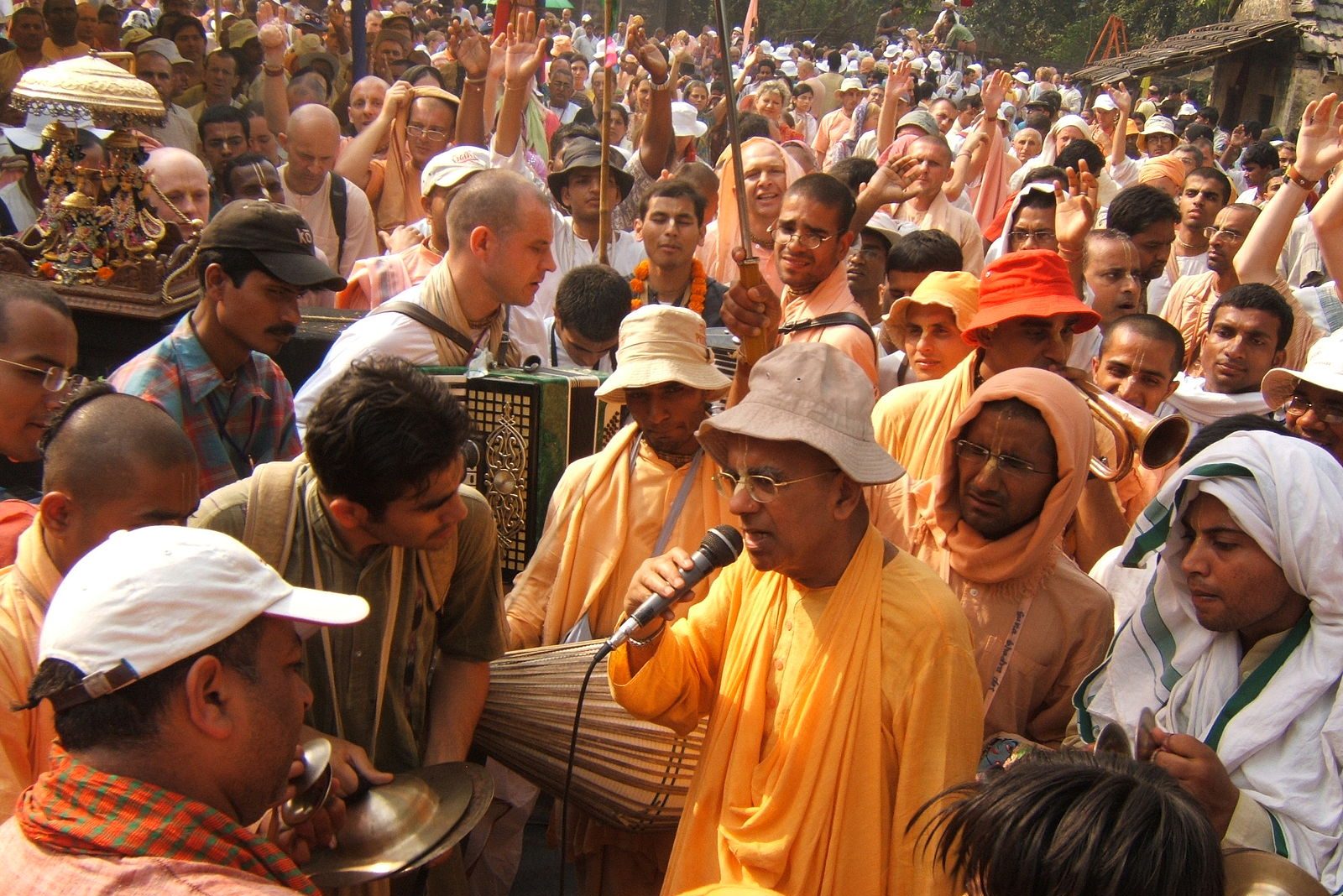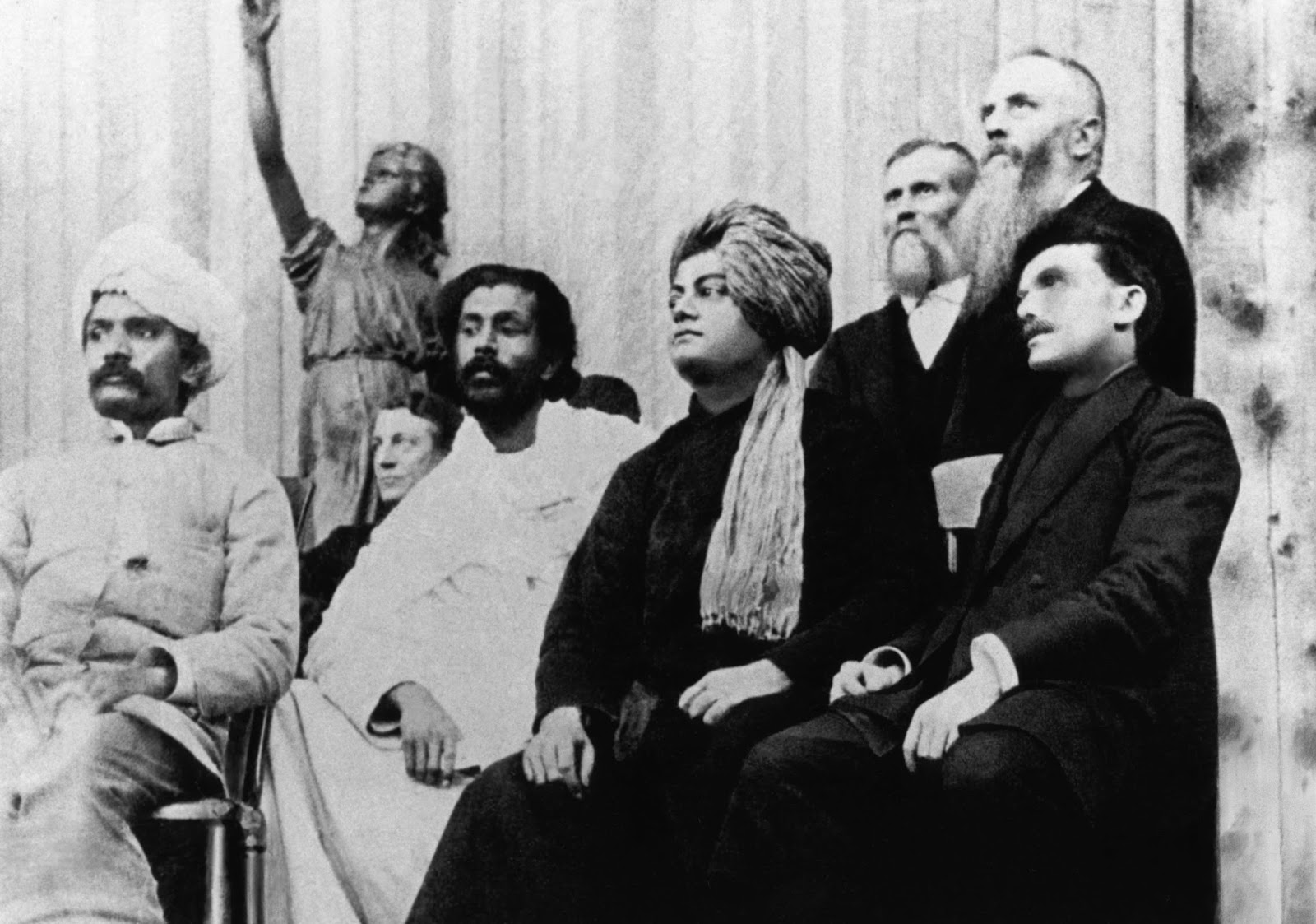What do Hindus believe? Who do they follow? What do they follow?
If you’re part of the Hindu community, you know that clarifying the answers to such questions isn’t exactly a walk in the park. Like a game of whack-a-mole, in fact, it feels as though countless misperceptions continue to arise, despite great efforts over the years to dispel them.
For those of us who are in the business of whacking these moles, we can continue doing so, hoping something will click one day, enabling the public to better grasp our explanations. But as the saying goes, “Doing the same thing over and over and expecting different results is the mark of insanity.” So if we hope to make progress, it’s time we put the mallet down and start taking a different approach, one that has less to do with how the Hindu Dharmas are viewed, and more with the lense through which they’re being presented: the language of Christian colonialism.
Just as the picture of a tiger can never accurately convey the likeness of a lion, the vernacular of one religious tradition can never accurately convey the essence of another. In an attempt to address this issue, we at the Hindu American Foundation are exploring the background of certain English translations of Sanskrit words commonly used when talking about or explaining the Hindu Dharmas. Words that were but approximations by colonizers who were motivated to distort them, and thus fail to serve as definitional equivalents while also staying true to their intended concepts.
Today’s word is “God”.” Check it out.
Where does the word “God” originate from?
If you search for a definition for “God,” Collins Dictionary describes the word as the “spirit or being who is worshiped as the creator and ruler of the world, especially by Jews, Christians, and Muslims.” As you can already imagine, it’s a rather loaded term, so sit back, relax, and take a deep breath. This one’s going to take us on a little bit of a journey.
To start, it’s derived from gott, an old Germanic word believed to share roots with the Sanskrit word huta, referring to that which is poured or offered in gratitude. Highlighting the nature of ancient spiritual practices, centered around the giving of something in reciprocation for something received, it signaled a relationship with a powerful being. For example, Agni (fire), who’s also known as Hutashana, or “one who consumes that which is given to him.”
“God,” therefore, was originally a gender-neutral word, encompassing a category of beings to whom such offerings would be made. The word, in fact, doesn’t even appear in the Hebrew Bible, which uses “El,” a general name denoting a being of power and might. Among the Abrahamic religions, the only “El” deemed worthy of worship was Yahweh, Jehova, or Allah — male figures distinguished as the creators of Heaven and Earth.
Thus, over time, particularly with the Christianization of the Germanic areas of Europe, “God” took on a far more narrow connotation, specifying the masculine, monotheistic concept of Abrahamic theology.
What’s an alternate word we can use and why should we use it instead?
Venerated as the supreme controller of all, coming up with a translation for Ishvara is pretty straightforward: “Supreme Being.” Brahman, on the other hand, which, as mentioned, is a non-theistic notion, is a little more complicated, requiring, thus, a little more finesse to get right.
Like scientists who discovered smaller and smaller components of matter (from molecules to atoms to subatomic particles to quarks), Hindu seers went through a similar process of discovery, using their meditative power of insight. They too gleaned subtler and subtler aspects of nature, penetrating not only matter, but space and time itself, touching upon the foundational substance of reality, called Prakrti, or Mahat, in our philosophical texts.
Going, however, even further, they also perceived the metaphysical current that pulsates this substance, otherwise known as Brahman — described as the “theoretical principle of everything.” Of course, such a translation is too abstract. A term, therefore, that better captures the essence of the principle is “Ultimate Reality.”



